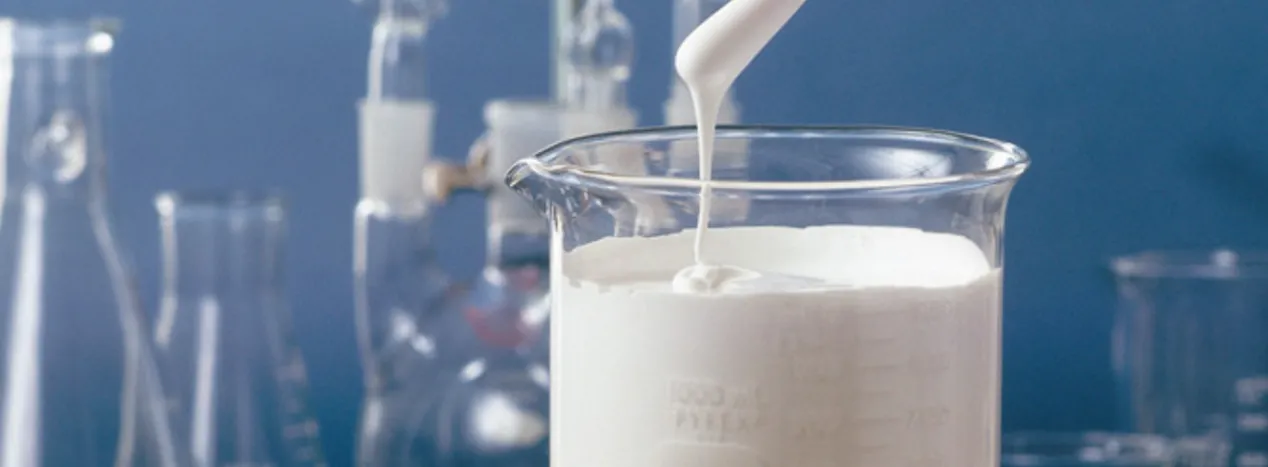
Exploring Redispersible Polymer Powder: Innovation and Impact in the Construction Industry
In the construction and building materials industry, redispersible polymer powder (RDP) plays a transformative role in enhancing the performance and functionality of dry-mix mortar systems.

What Is Redispersible Polymer Powder and Why It Matters
These free-flowing powders are spray-dried from polymer emulsions and can be easily reconstituted into their original state when mixed with water. They significantly improve adhesion, flexibility, water resistance, and durability in cement- or gypsum-based materials.
One of the most widely used variants is vae redispersible powder, made from vinyl acetate ethylene (VAE) copolymers. This type of vae rdp offers excellent flexibility, good bonding properties, and high resistance to water and temperature variations, making it ideal for applications such as tile adhesives, self-leveling compounds, external insulation systems, and repair mortars. Similarly, redispersible latex powder, often used interchangeably with RDP, is critical in enhancing the deformability and cohesion of construction mortars.
Another essential aspect of this sector is the growing usage of rdp polymer in modern construction projects. The term refers broadly to any polymer used in redispersible form to impart specific functional characteristics to dry mortar systems. These polymers are essential in optimizing the mechanical properties of the mortar, improving workability, and preventing cracks caused by shrinkage or thermal expansion.
Moreover, the redispersible polymer powder manufacturing process involves emulsion polymerization followed by spray-drying, where water is removed and protective colloids are added. This process results in stable powders that can be rehydrated during application. The accuracy of this method ensures consistent performance and long shelf life, which are critical for global distribution and use.

Market Dynamics, Trade Insights, and Industry Trends
Globally, the redispersible polymer powder market share is expanding, fueled by rising infrastructure development, modernization of construction practices, and the increasing popularity of energy-efficient and sustainable building materials. The demand is particularly high in the Asia-Pacific region, with countries like China and India leading the consumption due to urban expansion and government-led housing projects.
Numerous fabricantes de polvo de polímero redispersable operate in this space, offering a wide range of product types tailored to regional construction standards. Prominent players include Wacker Chemie AG, BASF SE, AkzoNobel, Organik Kimya, and local manufacturers across China. These companies continually invest in R&D to improve the performance and environmental sustainability of their products.
One often-overlooked yet vital detail in global trade is the redispersible polymer powder HS code, which is used for customs classification and international shipping. Typically, this code falls under HS 3905.91.00 or similar designations depending on the base polymer and formulation. Knowing the correct HS code is crucial for smooth import/export procedures, tariff assessments, and regulatory compliance.
Another key consideration for stakeholders is the redispersible polymer powder price, which can vary significantly depending on raw materials, production scale, and formulation complexity. For instance, VAE-based powders tend to be more economical due to the relative abundance of raw materials and efficiency of the production process. However, specialty formulations or those with added performance enhancers may come at a premium.
The construction sector's focus on cost-efficiency, combined with increasing demands for high-performance materials, continues to shape the evolution of RPP RDP products. Manufacturers are striving to balance affordability with sustainability and performance, especially as regulations around construction safety and environmental impact tighten globally.
Common FAQs on Redispersible Polymer Powder Products
What is the primary difference between VAE redispersible powder and redispersible latex powder?
Answer:VAE redispersible powder is made from vinyl acetate and ethylene and is known for its excellent flexibility and adhesion. Redispersible latex powder, while similar, may include other polymer bases such as acrylic or styrene-butadiene and is tailored for specific properties like improved UV resistance or elasticity.
What is RDP polymer used for in construction?
Answer:RDP polymer is commonly used to improve the performance of dry-mix mortars, such as tile adhesives, EIFS, waterproofing mortars, and leveling compounds. It enhances adhesion, elasticity, water resistance, and durability of the final construction material.
What is the redispersible polymer powder manufacturing process?
Answer:The redispersible polymer powder manufacturing process begins with polymer emulsion production, followed by spray-drying where water is removed and a protective colloid is added. This results in a dry powder that can redisperse in water during use, retaining all its original polymer characteristics.
What is the typical HS code for redispersible polymer powder in global trade?
Answer:The redispersible polymer powder HS code generally falls under 3905.91.00 (or similar), depending on the base polymer and national customs classification systems. Accurate coding is essential for import/export documentation and compliance.
How does redispersible polymer powder price vary across regions?
Answer:The redispersible polymer powder price depends on several factors such as polymer type, manufacturing cost, market demand, and transportation. Prices are generally more competitive in regions with established manufacturing infrastructure, such as China and India.
-
Hydroxypropyl Starch as a Sustainable Construction AdditiveNewsNov.24,2025
-
The Gelation Properties of CMCNewsNov.21,2025
-
Redispersible Latex Powder and Water Retention CapacityNewsNov.21,2025
-
Dosage Control for Polycarboxylate Water ReducerNewsNov.21,2025
-
Film-Forming Properties of Polyvinyl AlcoholNewsNov.21,2025
-
The Function of Gypsum Additives in MortarNewsNov.21,2025





















